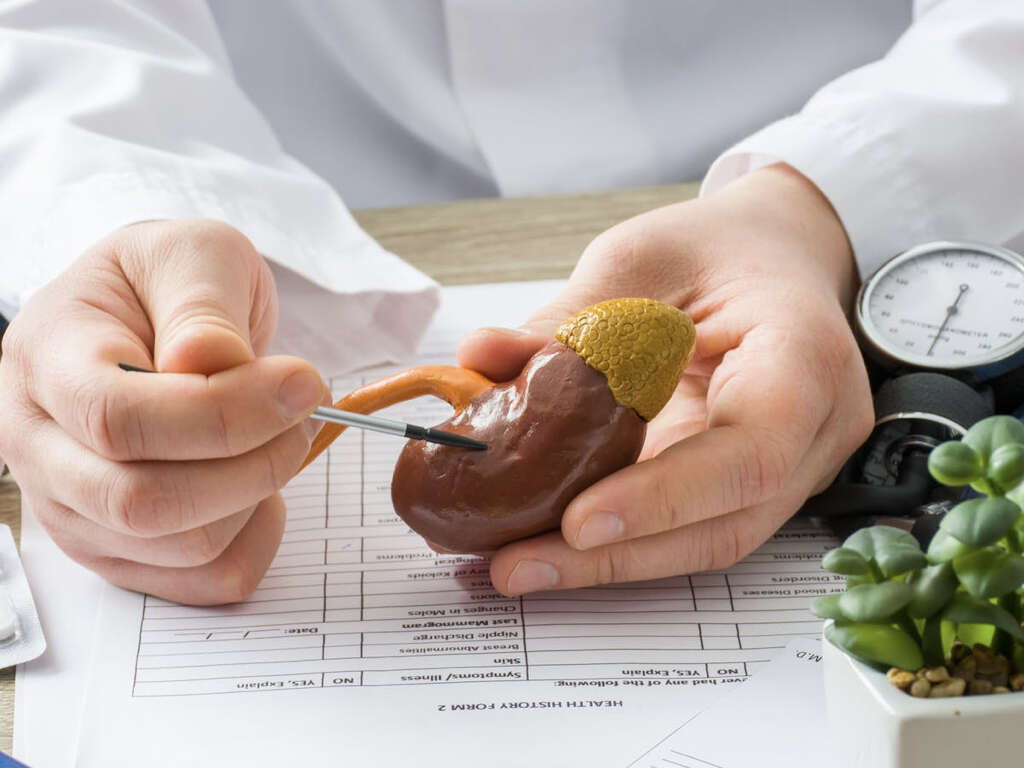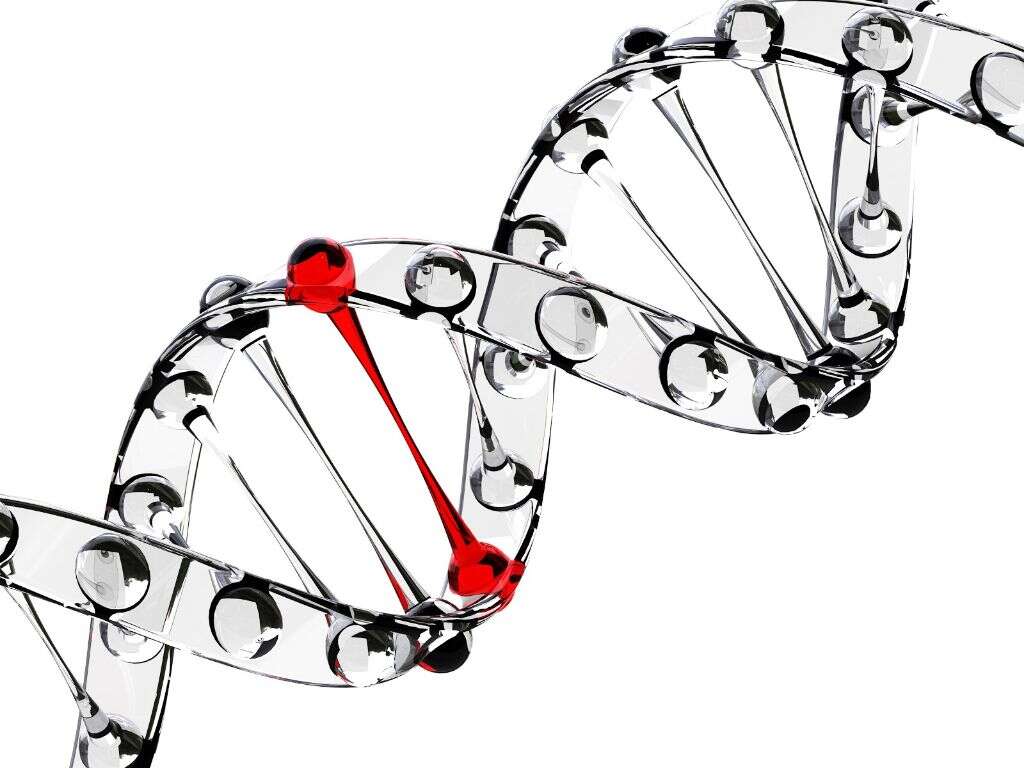What Is Treacher Collins Syndrome?
This condition, also known as mandibulofacial dysostosis, is a genetic disorder that affects the formation of the bone and skin structure of the face. As a congenital condition, Treacher Collins syndrome affects people from birth and will remain with them for the rest of their lives.
Patients with the condition will often need extensive surgery in order to give them as normal a life as possible. In some instances, surgery may be necessary to save their lives altogether. Here’s a closer look at the condition, some of the symptoms, and how patients are treated to help improve their quality of life.
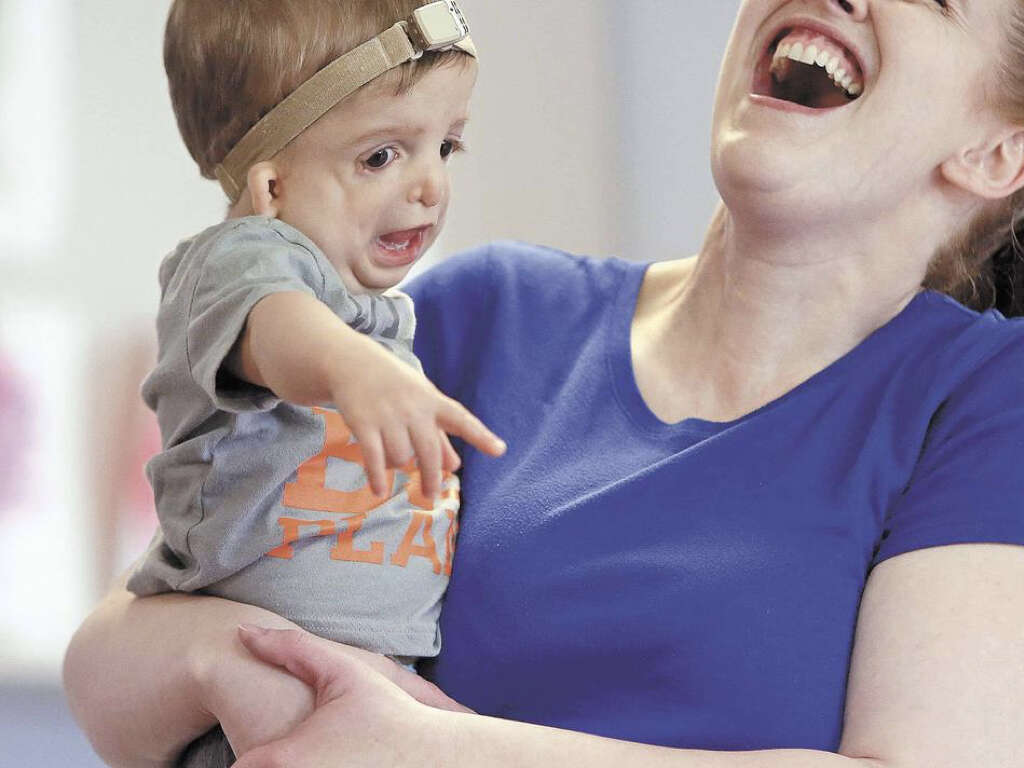
1. Facial Deformity
The key characteristic of Treacher Collins syndrome is that the patient will experience often considerable deformities to their face. The deformities will usually be symmetrical, so both sides of their face will be affected. One of the most notable characteristics is that the patients cheeks will be far smaller than usual. Other characteristics include eyes that slant downward at the corner of the eyes, a cleft palate, small lower jaw, drooping upper eyelids, small ears, and ear openings that are small or missing completely. The condition causes facial deformities only, although the deformities themselves can cause other complications for the patient.
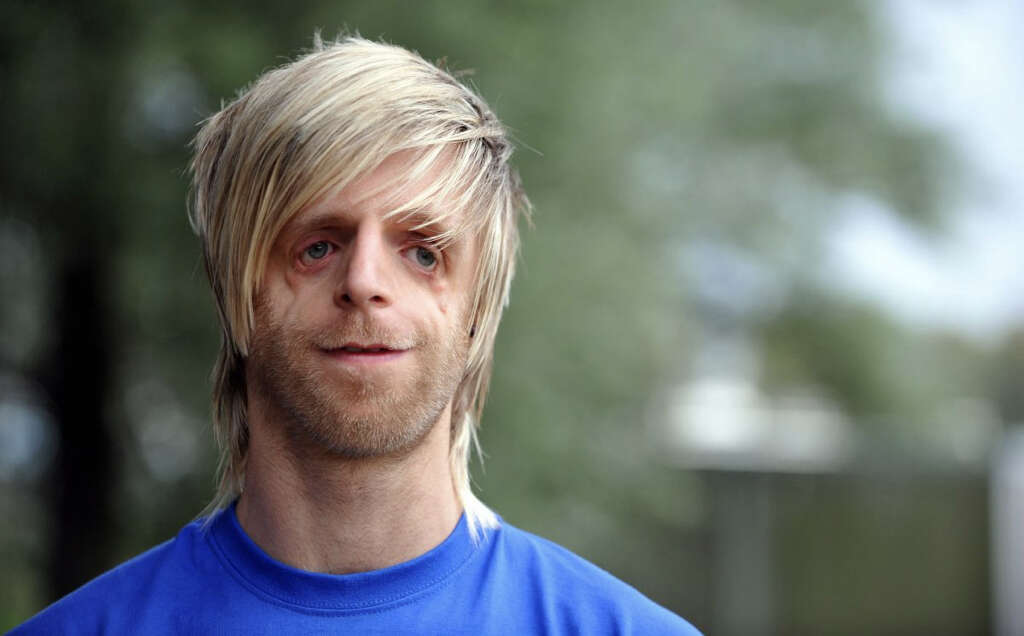
2. Breathing Difficulties
People take their first breath just moments after they are first born. It is a natural instinct that does not usually require conscious thought. Our airways and respiratory organs have evolved in a way that makes it effortless for us to breathe, but things don’t always go according to plan.
With abnormal facial features, people with Treacher Collins syndrome can find that they have difficulty breathing because their airways are constricted. This can obviously be very dangerous for the patient, and will often at least negatively impact their quality of life. Some people born with the condition have little difficulty breathing.
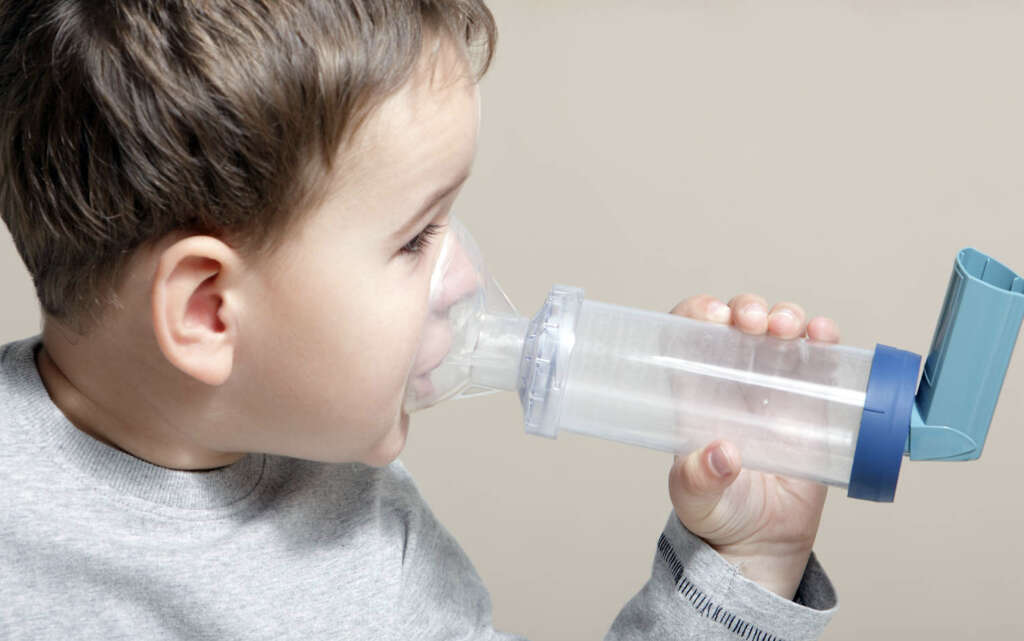
3. Difficulty Hearing
The opening to our ears allows sound to travel in and through the canal to the eardrum. The eardrum will then detect the soundwaves and send messages to the brain, which will then decipher the information into something that is meaningful to us. Treacher Collins syndrome, however, will often cause a small ear opening or there may not be one at all.
This will mean that soundwaves are not able to reach the eardrum as easily, even though the inner ear will usually work normally. Some hearing aids work by picking up vibrations through the bone and this can enhance the patients ability to hear.
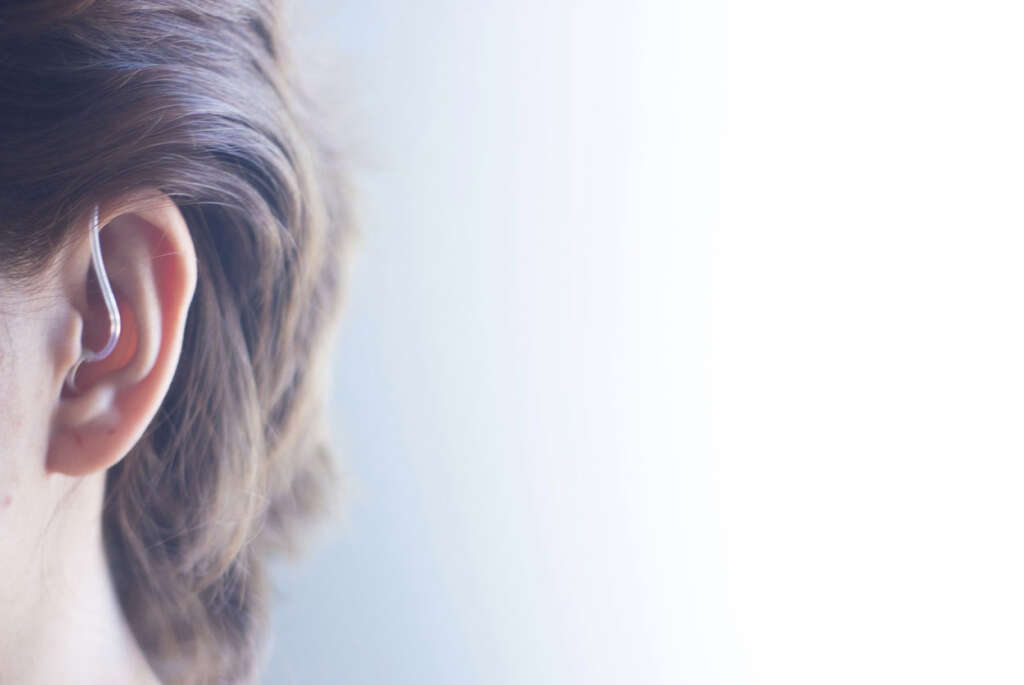
4. Eating Difficulties
Mastication is the first step of the digestion process. It is the technical term for chewing, a process that is also aided by our saliva that helps soften food. This is usually easy and pleasurable, but not everybody is so fortunate. Treacher Collins syndrome can cause considerable deformities to the patients mouth, making it difficult for them to chew.
In extreme cases, the patient might also have a very small mouth opening, making it difficult for them to put anything in their mouth. Corrective surgery is often necessary, while patients will also often need specially prepared food so they are able to eat it.

5. Infections
There is always a risk of infection even in people that don’t have deformities, although our immune system is quite effective at helping to protect us. For those that have a weakened immune system, including people with Treacher Collins syndrome, the risk of infection is greatly increased.
People with the condition will sometimes have dry eyes because the tear glands are unable to function properly, and this can lead to eye infections. A deformed dental structure will also increase the patients chances of developing infections. Antibiotics can help to fight off infections, but it is important not to overuse them where possible.
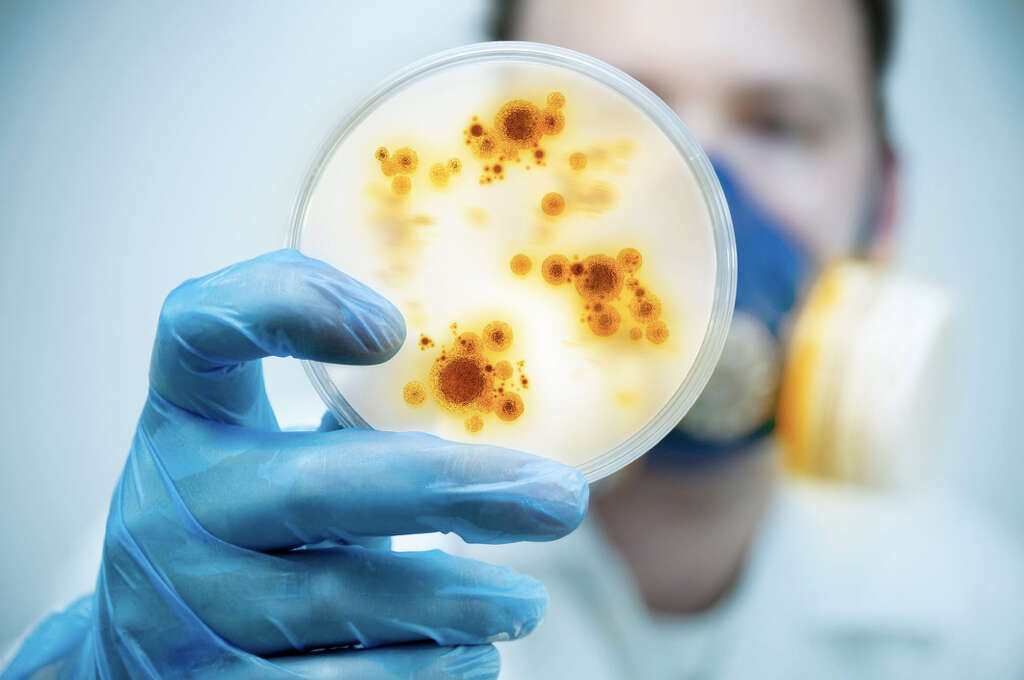
6. Who Is at Risk
Conditions such as Treacher Collins syndrome are often inherited, meaning it has been passed on from one or more parent. This applies in some cases of Treacher Collins and there is an increased chance of a child having the condition if one or more of their parents have it.
Not all children born to a parent with the condition will have the condition themselves; whether or not they do will depend on which gene is causing the condition. In most cases, however, Treacher Collins syndrome is a new mutation. This means that it has not been passed down from the parents.
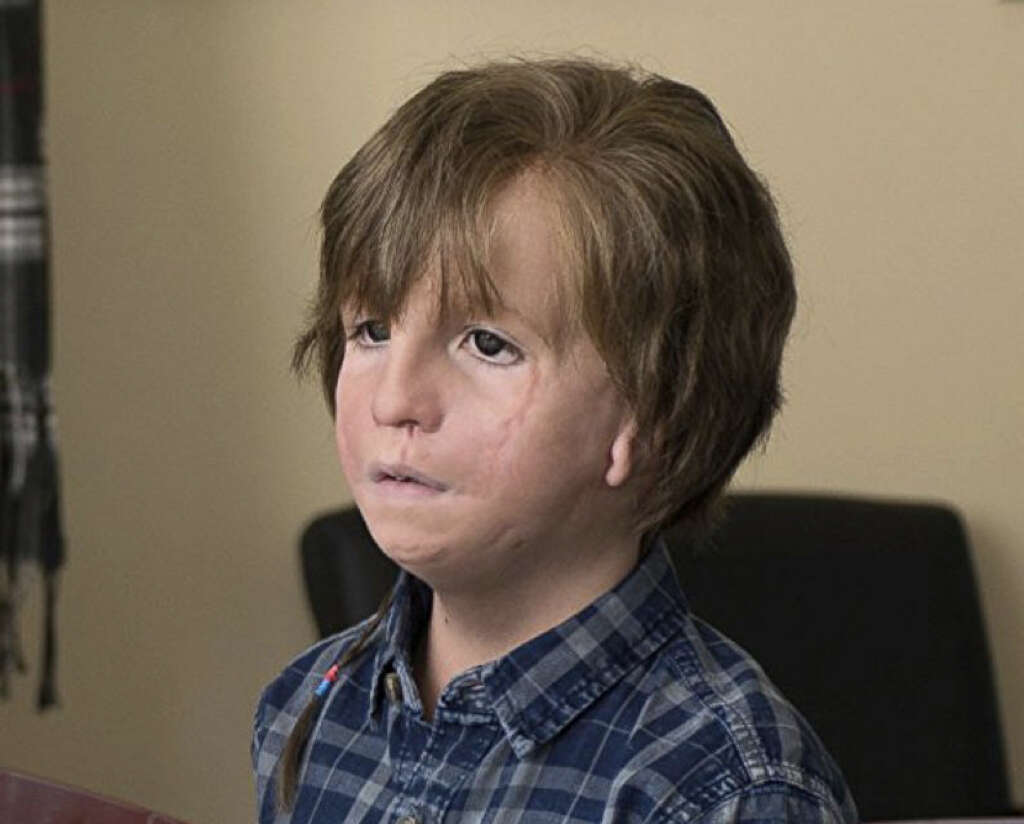
7. Diagnosis
In most instances, the first time anybody will be aware that there is a problem is when the child is born. The baby’s facial features alone will often be enough to indicate exactly what the problem is, although it is not yet confirmed at this point. In order to get more information, an x-ray is often used.
This will give more details about the baby’s facial structure and this can help identify specific characteristics that are typical of Treacher Collins syndrome. A genetic test can be used to help confirm the diagnosis, and other family members can be tested to see if they have the mutation.
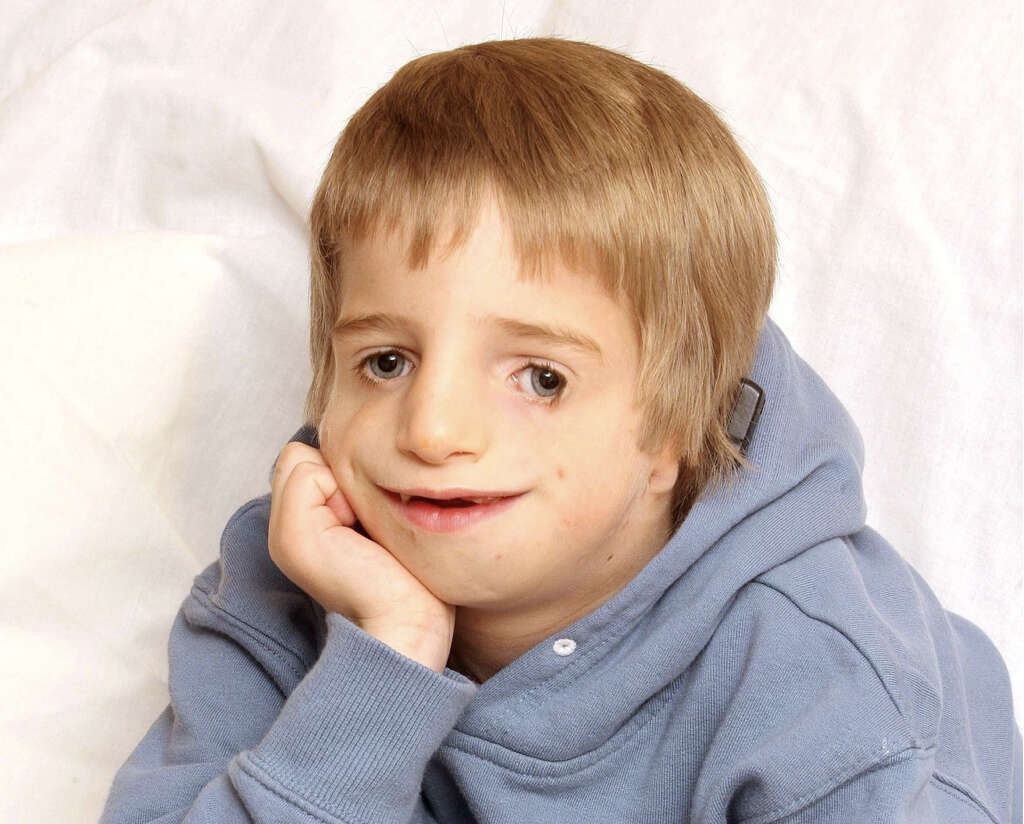
8. Treatment for Newborns
Treatment for Treacher Collins should begin from when the baby is at a very young age. Even when they are first born, it may be necessary to lay them on their stomach to make breathing easier for them. Depending on the severity of their breathing restrictions, a tracheostomy may be needed.
This is a tube inserted into the windpipe that feeds oxygen to the newborn. Newborns also need to be fed shortly after birth and this can be a problem for individuals with Treacher Collins syndrome. In some instances, a tube might need to be inserted into the baby’s stomach so they can be fed.

9. Treatment for Children
In many instances, surgery is necessary for people with Treacher Collins syndrome. This can be for cosmetic reasons, although it is often for practical reasons, such as making it easier for the patient to breathe, eat, and hear better. Children might also need some assistance with hearing and specialized hearing aids are sometimes necessary.
Some patients might have difficulty speaking because of the deformities of their mouth so speech therapy is often needed also. Overall, people with Treacher Collins syndrome are likely to need to speak to a wide range of specialists to help improve their lives as much as possible.

10. Psychological Support
Treacher Collins syndrome is going to be seriously disfiguring for a lot of people. This can be particularly difficult for young children that can have difficulties being accepted by others. What’s more is that while the child may appear to be abnormal, they still generally have the same cognitive abilities that other children do.
Children with the condition will need psychological support to help give them the best quality of life possible. With the right support, and assuming their mutations allow it, they can go on to live relatively normal lives. Many will go on to get an education, find work, and even start a family of their own.





